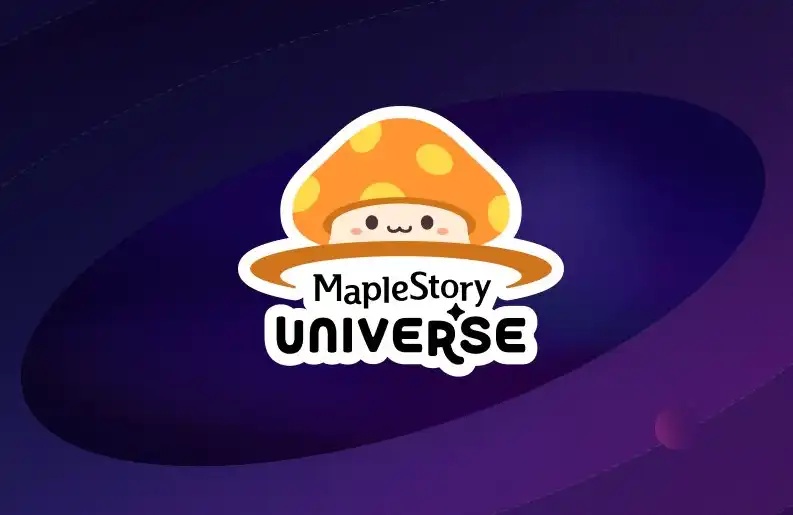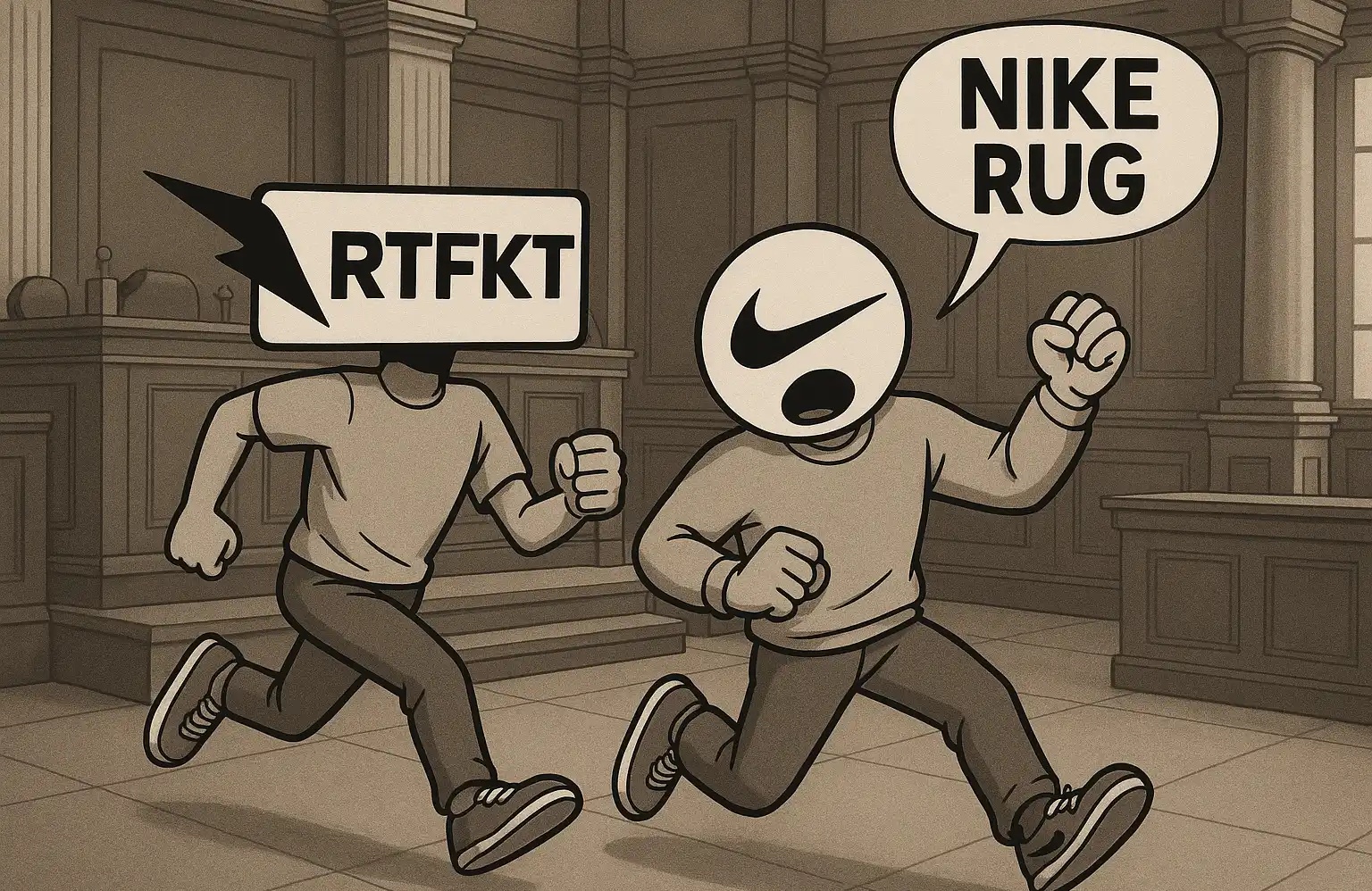Landmark Title "MapleStory" Tokenomics Revealed, Perhaps the Most Anticipated Chain Game of the Year
After 2 years of waiting, the blockchain version of "MapleStory" (referred to as MSU) is finally approaching its public beta and TGE. This is by far the most high-profile traditional game to enter the blockchain field, operating for over 20 years, with total revenue exceeding $5 billion and a cumulative total of over 250 million players. (For more background information on this game, please refer to: "Why Did 'MapleStory+NFT,' a Classic Game with over 180 Million Registered Players, Choose to Go On-chain?")
Last week, the MSU team released the whitepaper for the in-game token $NXPC, detailing the game economics of the "MapleStory" blockchain version. This article will delve into the whitepaper to explore how a traditional online game giant designs a Web3 game economy.

One Asset in Three Different Forms

The MSU economic system consists of $NXPC, $NESO, and NFT, all of which are interchangeable.
$NXPC - It serves as the native token for paying the MSU Layer1 network gas fee and can be exchanged for $NESO or NFT.
$NESO - Used for various in-game functions (such as weapon enhancement) and can be exchanged for $NXPC or used to purchase items on the official NFT marketplace.
NFT - In-game characters, equipment, consumables, and more will appear in the form of NFTs, which can be exchanged bi-directionally with $NXPC and traded on the official marketplace using $NESO.
This does not mean that MSU adopts a dual-token or tri-token model. In fact, the entire economic mechanism is "One Asset in Three Different Forms."
If we consider in-game items as a form of "token," then in the original MapleStory and in most MMORPGs, this "token" is somewhat like Ethereum - with no supply cap, rewarding contributors (dropping items from monsters in the game), and having channels for item burn (lower-level items may be consumed through item synthesis, etc.).
The similarity also exists in that in-game items are subject to "network attacks," where the studio's intervention greatly accelerates the production of in-game items, leading to severe inflation of items.
In MSU, the source of all assets is $NXPC. The in-game currencies $NESO and $NXPC have a fixed exchange rate and can only be minted through $NXPC. All in-game items (NFTs), such as weapons, armor, and cosmetic items, in MSU are centrally managed by the official team and stored in the official "MSU Item Pool." To enter circulation, these items need to be minted using $NXPC.
In the game, $NESO and in-game items (NFTs) do drop, but this does not mean they are independent assets; their source is also $NXPC:

NESO can only be minted by exchanging $NXPC. Due to the fixed exchange rate, the theoretical maximum supply of $NESO is the same as $NXPC.

MapleStory N receives $NXPC as an ecological contribution reward and may convert some $NXPC into NFTs as in-game rewards, which players can obtain through various in-game activities such as monster hunting and boss fights.
One could say that $NXPC is like liquid water, while $NESO is like omnipresent water vapor, needed in all aspects of the game, especially for features like weapon enhancement that help players improve their combat power to better engage in monster hunting, leveling up, and item acquisition in the game. NFTs, on the other hand, are like solid ice, less liquid compared to FT, and with weapon enhancement, the prices of the same equipment may differ.
"$NXPC Split" and "Item Fusion"
The "$NXPC Split" mechanism refers to players being able to use $NXPC to mint in-game items (NFTs). This mechanism is akin to a first-come, first-served (FCFS) process for purchasing NFTs, where players do not mint a specific item but a fixed percentage of the remaining available item types in the "MSU Item Pool."
The exchange rate between $NXPC and NFT will be fixed, and the rate will only increase when new items are introduced in future game updates and added to the "MSU Item Pool." Exchanging NFTs will not result in the destruction of $NXPC.
The "Item Fusion" mechanism is somewhat similar to an NFT market having a Bid pool. If a player wants to quickly sell their item (NFT), they can directly sell it to the pool. However, players do not choose the offer price themselves on the official market but receive their earnings settled in the in-game currency $NESO. The platform will fetch the corresponding item price on the secondary market, take the weighted average price's median to determine how much $NXPC a player will receive.

These two mechanisms give the game a strong "GameFi" flavor. In practice, the blockchain version of the game may likely not have an in-game store or a traditional "Cash Shop" but instead feature a unified consumable asset, $NXPC — either for item exchange or converting $NXPC to $NESO to make purchases on the official NFT market (more prevalent in enhanced, premium items with better attributes).
When using $NXPC to exchange items, players will be required to purchase items they do not need, which will promote overall item liquidity (such as items for unpopular classes, low-rarity items, and low-attribute items).
The ideal scenario is a "left foot stepping on the right foot" — players use $NXPC to exchange items to enhance their efficiency in obtaining high-level items in the game -> $NXPC price rises -> rewards from "Item Fusion" (gold farming) increase -> more $NXPC buying volume reinvested in gold farming.
However, the anticipated downside is that the strong "GameFi" flavor may diminish the fun and diversity that the game itself can provide. Due to the value anchoring of $NXPC and the unique nature of blockchain users, even with mechanisms like "$NXPC Split" to prevent specific items from being hyped and to avoid most items being worthless, players may still choose the easiest path to grow in the game to maximize $NXPC returns (such as choosing a class that can quickly eliminate monsters in a map with AoE skills or is relatively easier to level up). Many maps, tasks, and instances that are not cost-effective in terms of leveling and gameplay may be neglected, affecting the game's diversity. If the "Item Fusion" mechanism is monopolized by the studio, it could likely lead to an overall lack of game consumption.
Nevertheless, from a gaming revenue perspective, this is indeed a very bold attempt. MapleStory originally made money by selling in-game items such as cosmetics and enhancement scrolls, but this blockchain version has no in-app purchases at all; everything relies on the value of $NXPC. The in-game currency ($NESO) and items (NFTs) are also controlled by $NXPC.
$NXPC
The total supply of $NXPC is 1 billion tokens. 80% is allocated for MSU ecosystem contribution rewards. Out of the remaining 20%, 16.317% is airdropped to the early community, 0.437% is for liquidity provision, 0.15% is for Gas fee relief, and a total of 16.904% is fully unlocked at TGE.
Of the remaining 3.096%, 2% goes to the IP rights holder, 0.696% to the MSU team, with both portions locked for 9 months and then quarterly unlocked over 3 years post-lockup. 0.4% is allocated to advisors, locked for 12 months, with subsequent unlocks subject to project development progress.
Conclusion
Since the inception of GameFi, the discussion on the blend of gaming and finance has never ceased. If the crypto world sees a genuinely good game, will GameFi break out of its death spiral? This question, Adventure Island might answer through its performance.
Additionally, as Adventure Island is an MMORPG game where social fun > exploration fun (solely personal opinion), what will happen to the game's social enjoyment and the resulting potent viral spread capability when the audience shifts primarily to the crypto realm (blockchain special edition)? This question also piques my curiosity and anticipation.
But undoubtedly, this is really a good game that can make the crypto space happier.
Welcome to join the official BlockBeats community:
Telegram Subscription Group: https://t.me/theblockbeats
Telegram Discussion Group: https://t.me/BlockBeats_App
Official Twitter Account: https://twitter.com/BlockBeatsAsia


 Forum
Forum OPRR
OPRR Finance
Finance
 Specials
Specials
 On-chain Eco
On-chain Eco
 Entry
Entry
 Podcasts
Podcasts
 Data
Data


 Summarized by AI
Summarized by AI





